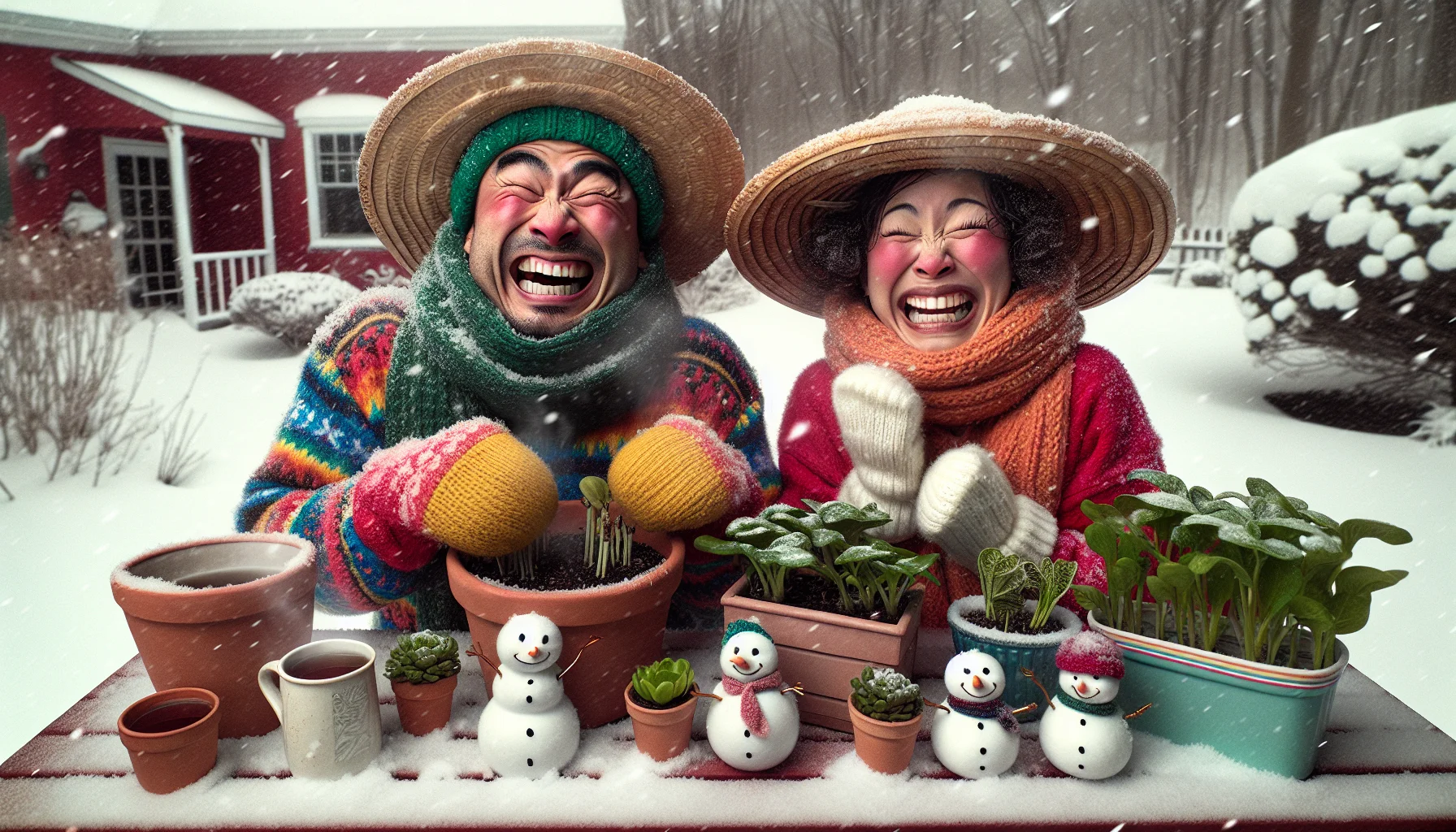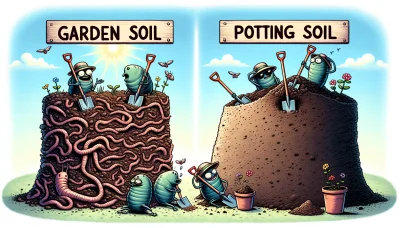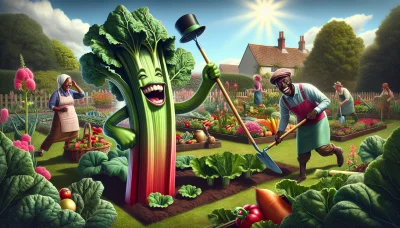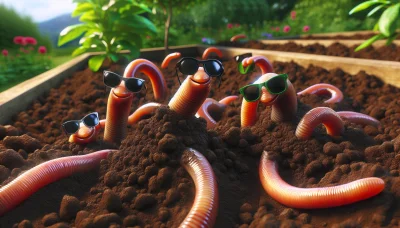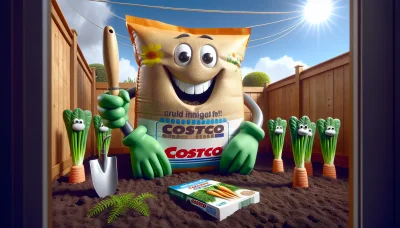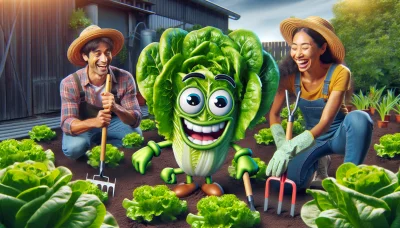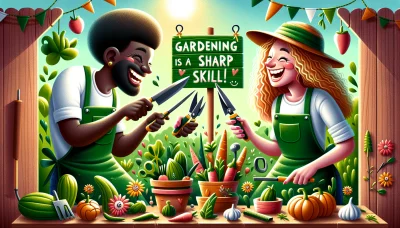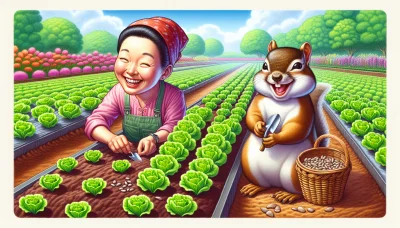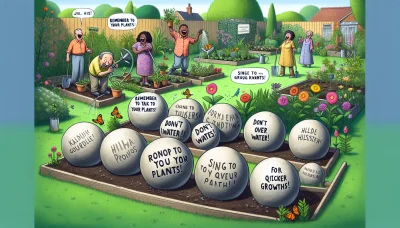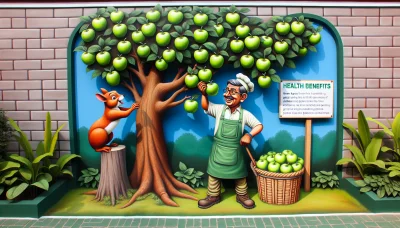Winter Container Gardening Quiz
Test Your Knowledge
Question of
Winter Container Gardening: An Introduction
Winter container gardening is a unique and rewarding method for garden enthusiasts to continue their passion despite the cold weather. Unlike traditional gardening, which often comes to a halt during the winter months, container gardening allows individuals to grow a variety of plants, including vegetables, herbs, and flowers, inside containers that can be easily managed indoors or in sheltered outdoor areas. This approach not only extends the gardening season but also provides fresh produce and greenery during the colder months. Additionally, it's an excellent way for those with limited outdoor space to engage in gardening, making it a versatile and beneficial practice for all levels of garden enthusiasts.
Choosing the Right Containers
When it comes to winter gardening, selecting the appropriate containers is crucial for the survival and growth of your plants. The material of the container can greatly influence the plant's health, as some materials can provide better insulation from the cold than others. For instance, wooden and insulated fabric pots can protect roots from freezing, while metal or ceramic containers might conduct cold and harm the roots. Size is another important consideration; larger containers hold more soil, which can help insulate roots and maintain moisture levels. However, it's also essential to ensure that any container you choose has adequate drainage to prevent waterlogging, which can be detrimental to plant health in colder months. Choosing the right containers with these factors in mind will help ensure your winter gardening is successful and rewarding.
Best Plants for Winter Container Gardening
- Winter Pansies - Known for their resilience in cold weather, winter pansies can bloom even in snow, adding a splash of color to your winter garden.
- Evergreen Shrubs - Varieties like Boxwood and Dwarf Alberta Spruce maintain their color and foliage, providing a constant green presence throughout the winter.
- Ornamental Cabbage and Kale - These plants add a unique texture and color variation, ranging from deep purples to greens, and they can withstand frosty conditions.
- Dusty Miller - With its silver-gray foliage, Dusty Miller stands out in winter containers, offering a contrast to darker greens and adding brightness to the arrangement.
- Heather - Blooming in late winter, Heather brings life to your garden with its small, colorful flowers and evergreen foliage, thriving in cold climates.
- Hellebores - Also known as Christmas Roses, Hellebores bloom in late winter or early spring, offering delicate flowers in shades of white, pink, and purple.
- Primrose - An early spring bloomer that can often be encouraged to flower in late winter, Primrose comes in a variety of colors, adding brightness and beauty to your container garden.
- Cyclamen - Known for their heart-shaped leaves and beautiful, upswept flowers in shades of pink, red, and white, Cyclamen thrive in cool conditions, making them perfect for winter containers.
Caring for Your Winter Garden
Maintaining a healthy container garden during the winter months requires special attention to ensure your plants thrive despite the cold. Firstly, watering needs are reduced in winter, but it's essential to keep the soil lightly moist; avoid letting it dry out completely or become waterlogged. Positioning your containers in a spot where they can receive adequate sunlight is crucial for their growth, as sunlight is scarcer during these months. Lastly, protecting your plants from frost is vital. Consider moving containers indoors or to a sheltered area on very cold nights, or use frost cloths to cover them. These steps will help your winter garden remain vibrant and healthy.
Creative Ideas for Winter Container Gardens
Winter container gardens offer a unique opportunity to brighten the colder months with vibrant displays of greenery and seasonal color. Think beyond the traditional holiday decorations by incorporating a mix of evergreens, winter-blooming flowers, and colorful berries. Experiment with varying heights and textures by layering tall, upright plants with cascading varieties and adding visual interest with ornamental grasses or branches. Don't forget to play with container styles and materials to complement your winter wonderland. With a little creativity, your winter container gardens can transform any outdoor space into a stunning winter display.
Common Challenges and Solutions in Winter Container Gardening
| Common Problems | Solutions |
|---|---|
| Frost Damage | Wrap containers with burlap or bubble wrap and move them to a sheltered area, such as against a house wall or under a patio. |
| Soil Drying Out | Check soil moisture regularly since wind and lower humidity can dry out soil quickly, even in colder weather. Water plants as needed, ensuring not to overwater. |
| Overwatering | Reduce watering frequency in winter, allowing the soil to dry out slightly between watering. Use pots with good drainage. |
| Insufficient Light | Move containers to the sunniest part of your garden or balcony. Consider using grow lights for additional light if natural light is insufficient. |
| Temperature Fluctuations | Protect plants from extreme temperature changes by placing them in locations that avoid direct exposure to cold winds and provide some insulation, such as close to your home. |
| Pests and Diseases | Regularly inspect plants for signs of pests and diseases. Remove any affected parts promptly and treat with appropriate organic pesticides or fungicides. |
